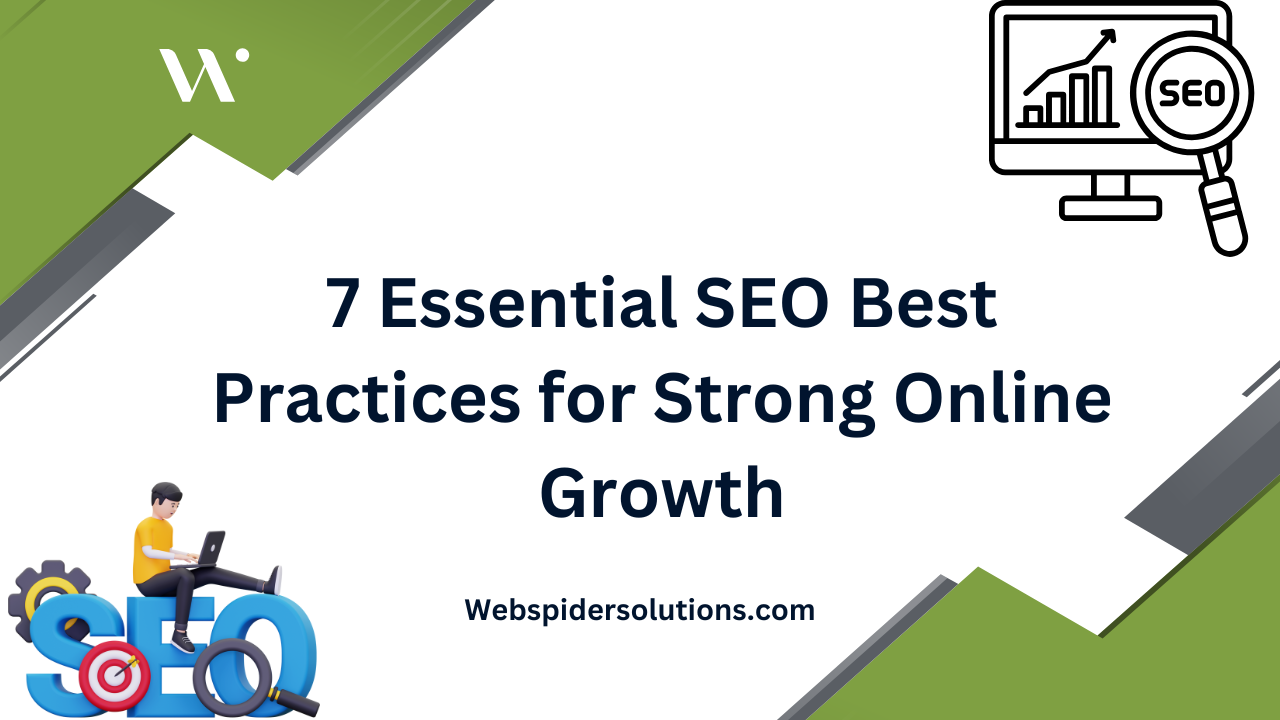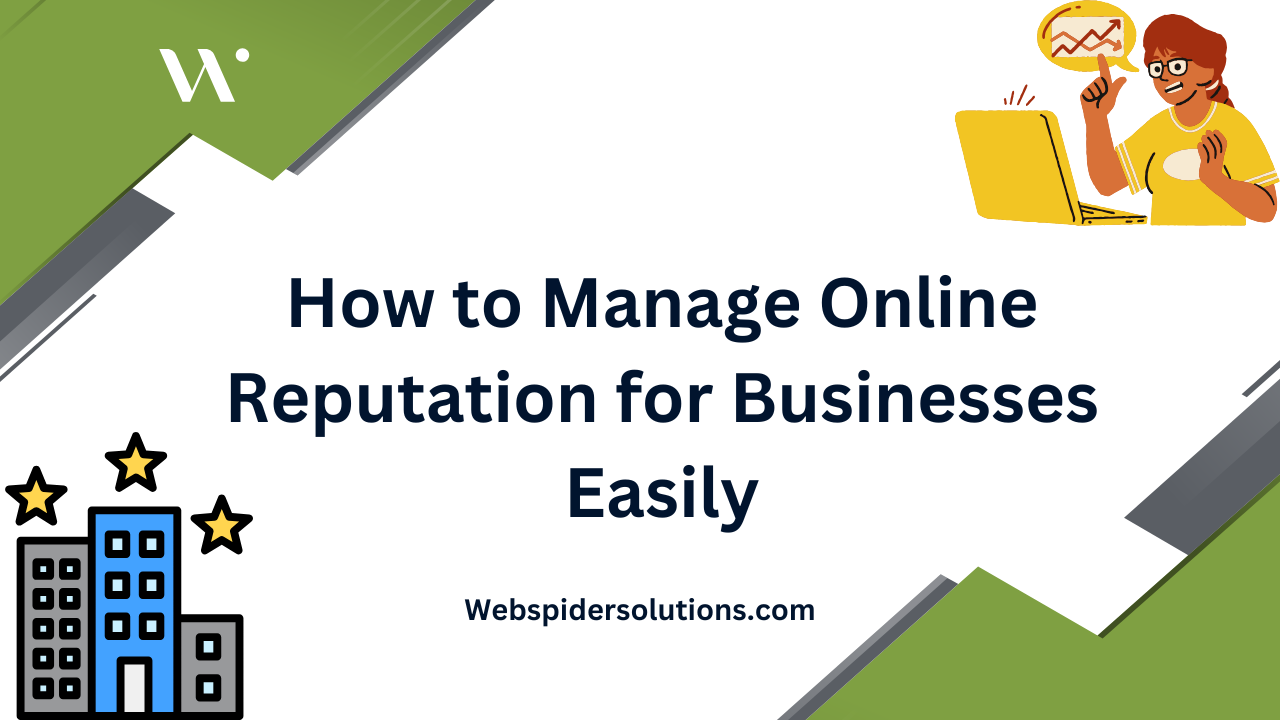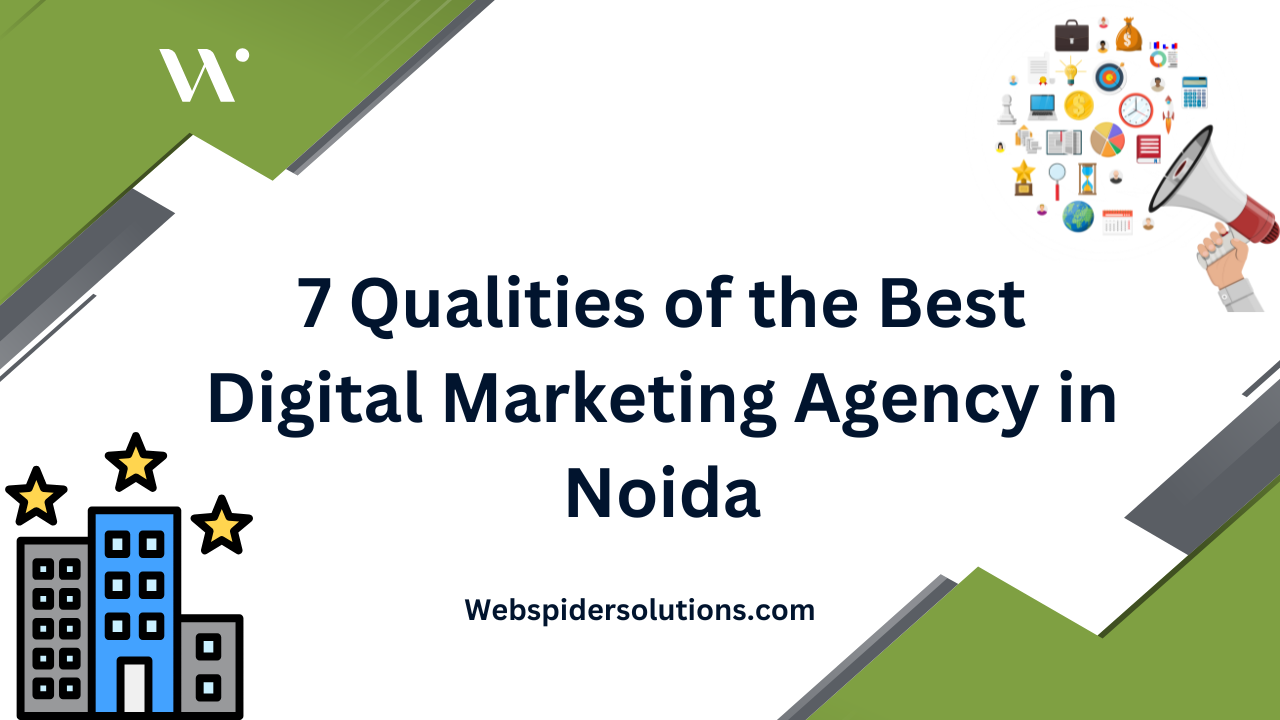Most websites never reach their true potential because they ignore the basics of search engine optimization. With over 90 percent of online experiences starting with a search engine, harnessing proven SEO strategies can be the difference between being discovered and getting lost. Whether you run a small business or manage a growing site, mastering core SEO techniques helps drive more targeted visitors and boosts your authority. Discover practical tips to strengthen your site’s visibility and stay ahead in search results.
Table of Contents
- 1. Understand Keyword Research For Targeted Traffic
- 2. Optimize On-Page Elements For Better Rankings
- 3. Enhance User Experience And Website Speed
- 4. Build High-Quality Backlinks Safely
- 5. Leverage Local SEO For Increased Visibility
- 6. Monitor SEO Performance With Analytics Tools
- 7. Stay Updated With SEO Trends And Algorithm Changes
Quick Summary
| Takeaway | Explanation |
|---|---|
| 1. Conduct thorough keyword research | Identify specific keywords your audience uses for improved search engine relevance and traffic. |
| 2. Optimize on-page elements effectively | Enhance content structure and technical aspects to signal value to search engines and attract visitors. |
| 3. Improve user experience and site speed | Optimize loading times and site navigation to reduce bounce rates and engage users positively. |
| 4. Build high-quality backlinks | Earn credible backlinks through valuable content to enhance your site’s authority and visibility. |
| 5. Monitor SEO performance with analytics | Use analytics tools to track key metrics, revealing opportunities for optimization and improved rankings. |
1. Understand Keyword Research for Targeted Traffic
Keyword research is the strategic foundation of effective SEO that connects your content directly with what your potential audience is actively searching for online. As Stanford Medicine emphasizes, identifying the precise keywords potential visitors use helps search engines understand and rank your website’s relevance.
Think of keyword research like mapping a treasure hunt where your content is the treasure and search queries are the map. You want to uncover the exact phrases and terms your target audience types into search engines. This means going beyond generic terms and diving into specific search intent that reveals what people truly want.
To conduct effective keyword research, start by understanding your audience’s language and pain points. Use tools like Google Keyword Planner, SEMrush, or Ahrefs to discover:
- Search volume for specific terms
- Competition level for keywords
- Related search queries
- Long tail keyword variations
Pro tip: Look for keywords with moderate search volume and lower competition. These “hidden gem” keywords often provide more targeted traffic and easier ranking opportunities. By strategically incorporating these keywords into your content, metadata, and website structure, you create clear signals for search engines about your site’s relevance and expertise.
For our detailed guide on search terms and SEO strategy, check out our guide on search terms to dive deeper into this critical SEO practice.
2. Optimize On-Page Elements for Better Rankings
On-page SEO is the strategic art of fine-tuning your website’s individual pages to speak the language of search engines and attract targeted organic traffic. As recommended by GeeksforGeeks, this involves precise optimization techniques that help search engines understand and rank your content effectively.
Successful on-page optimization requires a multifaceted approach that goes beyond simple keyword placement. Content structure and technical elements play a crucial role in signaling your page’s relevance and value. Stanford Medicine emphasizes the importance of maintaining a clean site structure and implementing strategic internal linking.
Key on-page optimization strategies include:
- Include target keywords in the first paragraph
- Use H1 tags for main titles
- Structure content with H2 and H3 subheadings
- Craft compelling meta descriptions
- Optimize image alt text and file sizes
- Build robust internal linking networks
- Ensure fast page loading speeds
Practical implementation means thoughtfully weaving keywords into your content without sacrificing readability. Your goal is to create informative, natural text that simultaneously serves both human readers and search engine algorithms. This balanced approach signals quality content that deserves higher search rankings.
For a comprehensive deep dive into on-page SEO techniques, check out our guide on on-page SEO that breaks down these strategies in detail.
3. Enhance User Experience and Website Speed
User experience and website speed are critical elements that directly impact your search engine rankings and visitor engagement. Stanford Medicine emphasizes that optimizing image sizes and page load times is fundamental to creating a high-performing website that both users and search engines will appreciate.
Website performance is more than just a technical metric. It represents the first impression visitors have of your online presence. A slow loading website can instantly drive potential customers away, increasing bounce rates and signaling to search engines that your content might not be valuable.
Practical strategies to improve user experience and website speed include:
- Compress and optimize image file sizes
- Minimize complex scripts and plugins
- Use browser caching
- Implement content delivery networks (CDNs)
- Enable lazy loading for images and videos
- Reduce server response times
- Create mobile responsive designs
GeeksforGeeks underscores that user experience goes beyond technical performance. It encompasses site structure, intuitive navigation, and overall design that encourages visitors to explore and engage with your content.
To gain deeper insights into optimizing your website’s performance, explore our guide on SEO ranking factors that can help transform your site into a user friendly and search engine preferred platform.
4. Build High-Quality Backlinks Safely
Backlink building is a strategic process of earning credible references from other websites that signal your content’s authority and relevance to search engines. IJERT emphasizes the critical importance of using white hat SEO techniques when acquiring these valuable digital endorsements.
Quality trumps quantity in the world of backlinks. Search engines have sophisticated algorithms that can distinguish between genuine, earned links and manipulative link schemes. The goal is to attract backlinks naturally by creating exceptional content that other websites genuinely want to reference and share.
Effective backlink strategies include:
- Create comprehensive original research
- Develop shareable infographics
- Guest post on reputable industry websites
- Participate in expert interviews
- Offer valuable expert commentary
- Build relationships with industry influencers
- Produce high-quality video content
Avoid purchasing links or using automated link building tools that can trigger search engine penalties. Instead, focus on earning links through merit. Your content should be so valuable that other websites want to reference it as a credible source.
To understand the nuances of creating powerful backlink profiles, explore our guide on high-quality backlinks that will help you navigate this critical SEO strategy with confidence.
5. Leverage Local SEO for Increased Visibility
Local SEO transforms your digital presence from global to neighborhood specific, helping businesses connect with nearby customers who are actively searching for their services. Stanford Medicine recommends strategic approaches to enhance regional search visibility through targeted directory listings and localized optimization techniques.
Geographic targeting is more than just adding your city name to website content. It involves creating a comprehensive digital footprint that signals your local relevance to search engines. This means optimizing your online presence to appear precisely when potential customers in your area are seeking your specific products or services.
Key local SEO strategies include:
- Claim and optimize Google Business Profile
- Ensure consistent name, address, phone number across platforms
- Collect genuine customer reviews
- Create location specific content
- Add schema markup for local businesses
- Develop locally relevant backlinks
- Optimize for voice search with conversational keywords
Beyond technical optimization, local SEO requires genuine community engagement. Your digital presence should reflect your physical business authenticity. Think of it as creating an online storefront that welcomes local customers and builds trust through transparent, region specific information.
For a deeper understanding of maximizing your local online presence, explore our guide on local SEO strategies that can transform how nearby customers discover your business.
6. Monitor SEO Performance with Analytics Tools
Analytics tools are your digital diagnostics system for understanding how your website performs in the complex ecosystem of search engines. GeeksforGeeks highlights the importance of using specialized tools that can evaluate optimization scores and provide actionable insights to improve page rankings.
Data driven decision making separates successful digital strategies from random guesswork. Analytics tools transform raw website metrics into meaningful narratives about your online performance. They help you understand not just what is happening on your website but why it is happening and how you can improve.
Critical analytics metrics to track include:
- Organic search traffic
- Keyword ranking positions
- Click through rates
- Bounce rates
- Conversion rates
- Page load speeds
- User engagement time
The key is not just collecting data but interpreting it strategically. Look for patterns that reveal opportunities for optimization. Are certain pages consistently underperforming? Are specific keywords driving more quality traffic? Analytics tools help you answer these critical questions.
To expand your understanding of website performance tracking, explore our guide on understanding website analytics that can transform how you interpret and leverage your digital data.
7. Stay Updated with SEO Trends and Algorithm Changes
SEO is a dynamic landscape where today’s winning strategy can become tomorrow’s obsolete approach. Stanford Medicine recommends focusing intensely on the 20% of your site that generates 80% of your traffic and staying vigilant about emerging trends and algorithmic shifts.
Continuous learning becomes your most powerful SEO asset. Search engines like Google frequently update their algorithms to improve user experience and combat manipulative tactics. What worked brilliantly six months ago might now trigger ranking penalties or reduce your visibility.
Strategies for staying current include:
- Follow reputable SEO blogs and industry publications
- Subscribe to Google Webmaster Central Blog
- Attend digital marketing conferences
- Join professional SEO forums and communities
- Participate in webinars and online training
- Monitor algorithm update announcement channels
- Experiment and test new optimization techniques
Successful digital marketers treat SEO knowledge like a living organism that constantly evolves. Your adaptability determines whether you lead or follow in the competitive online landscape. Proactive learning prevents reactive panic when significant algorithm changes occur.
To keep pace with the latest algorithmic developments, explore our guide on preparing for SEO strategy in 2025 that provides forward thinking insights for digital growth.
Below is a comprehensive table summarizing the key strategies and steps discussed in the article for effective SEO practices.
| Strategy | Key Actions | Expected Outcomes |
|---|---|---|
| Keyword Research | Use tools like Google Keyword Planner to find terms with moderate search volume and low competition. | Targeted traffic and improved ranking opportunities. |
| On-Page Optimization | Incorporate keywords, optimize headings, and improve meta descriptions and image alt texts. | Enhanced content relevance and higher search engine rankings. |
| User Experience & Speed | Optimize image sizes, use browser caching, and ensure mobile responsiveness. | Lower bounce rates and improved user engagement. |
| Backlink Building | Focus on creating shareable content and guest posting on reputable sites. | Increased content authority and search visibility. |
| Local SEO | Optimize Google Business Profile and use location-specific content. | Improved local search visibility and customer engagement. |
| Monitor Performance | Track metrics like organic traffic and bounce rates using analytics tools. | Data-driven insights for continuous optimization. |
| Stay Updated | Follow SEO trends through blogs, forums, and industry events. | Adaptability to algorithm changes keeping strategies effective. |
Elevate Your SEO Strategy for Lasting Online Growth
Mastering essential SEO practices like targeted keyword research, on-page optimization, and building high-quality backlinks can feel overwhelming. Many businesses struggle with identifying the right tactics to increase organic rankings, boost targeted traffic, and improve user experience—key challenges that hold back digital growth. You want more than just visitors; you want engaged customers who find your brand trustworthy and accessible.
At Web Spider Solutions, we understand these pain points and provide tailored SEO and digital marketing services designed to turn these challenges into opportunities. Whether you need expert guidance on B2B marketing strategies, or a comprehensive digital campaign that amplifies your visibility and attracts quality leads, our team is here to help. Don’t let your competitors outpace you because of missed SEO opportunities. Take control today and get the edge you need to dominate your market.
Explore how our proven approaches can fuel your business growth by visiting our website. Invest in a free SEO audit or consultation now and start transforming your online presence with strategies that work.
Frequently Asked Questions
What is keyword research, and why is it important for SEO?
Keyword research involves identifying the specific terms and phrases that potential visitors use when searching online. This process is crucial for connecting your content with audience needs. Start by using keyword research tools to discover relevant keywords with moderate search volume and low competition.
How can I optimize on-page SEO elements effectively?
To optimize on-page SEO, focus on incorporating target keywords in strategic locations such as the first paragraph, title tags, and subheadings. Additionally, craft compelling meta descriptions and optimize images with appropriate alt text. Aim for a balanced approach that enhances readability while improving search engine understanding.
What strategies can I use to improve website speed for better user experience?
To enhance website speed, compress and optimize image file sizes, minimize heavy scripts, and leverage browser caching. Implementing these measures can significantly reduce loading times, ideally under three seconds, improving overall user satisfaction.
What are effective methods for building high-quality backlinks?
Focus on earning backlinks through high-quality content creation, such as original research, infographics, and guest posting on trusted websites. Engage with industry influencers and review your content’s shareability to attract natural, authoritative links. Consistently create valuable content to encourage others to reference your work.
How can I enhance my local SEO visibility?
To boost local SEO, claim and optimize your Google Business Profile and ensure your business name, address, and phone number are consistent across all platforms. Additionally, create location-specific content and encourage customer reviews to improve local relevance and search visibility.
What analytics metrics should I track to monitor SEO performance?
Track key metrics such as organic search traffic, keyword rankings, and bounce rates to gauge your SEO performance. Regularly analyze these data points to identify areas for improvement and adjust your strategies accordingly for better growth outcomes.










